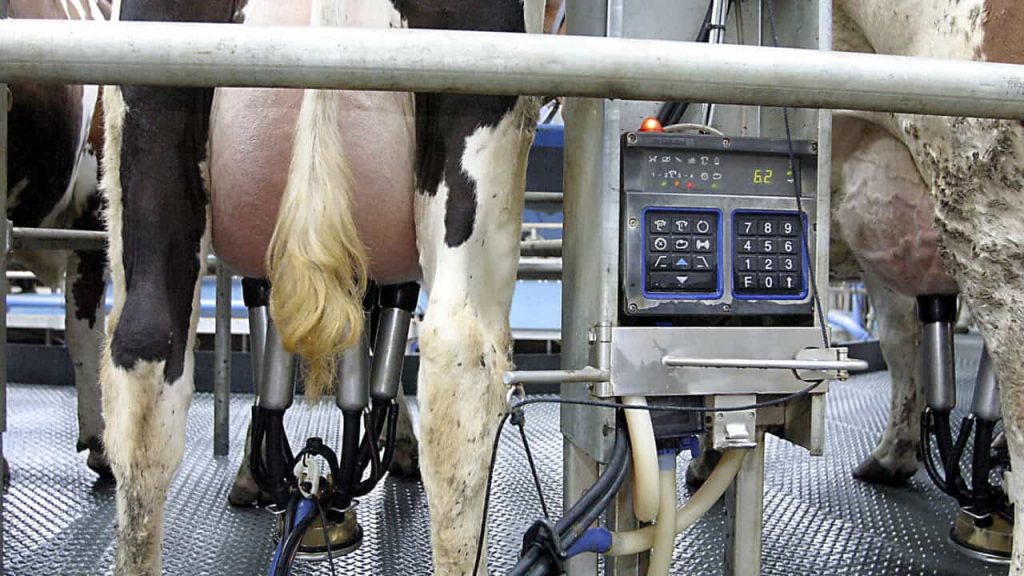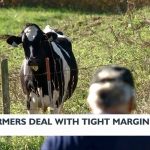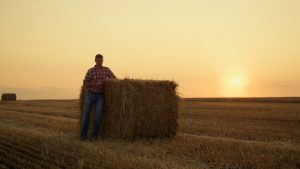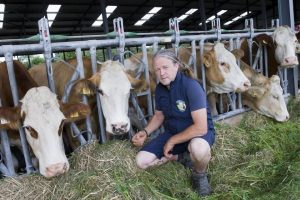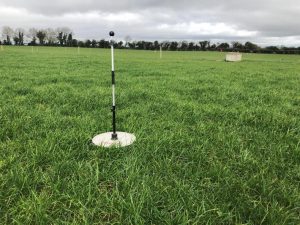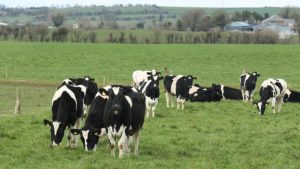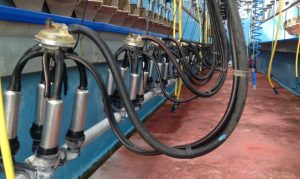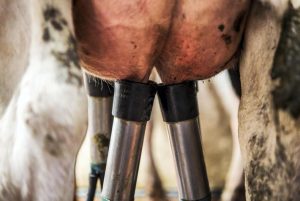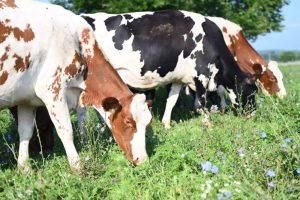
As cows enter the shed and preparation is getting underway, a job that should be completed over the coming weeks is tail clipping.
It is a task that is completed on many dairy farms, with the main aim of preventing contaminants from entering the milk.
It also makes it much easier for the person milking the cows and prevents any animal welfare issues that may occur due to the build-up of faeces on the tail.
Tail clipping
The excess hair on the end of cows’ tails can attach a build-up of faeces and this build-up can make it harder to complete a hygienic milking and drying-off process.
Removing this excess hair is done on many farms several times throughout the year, but heading into the housed and dry period, it is one of the most important times to have it done.
It might also be worthwhile clipping around freeze brands to ensure that they are clearly visible for the coming weeks – when clear identification of cows is important.
Doing a few rows each day or at each milking should result in all cows being clipped within about a week.
Drying-off
The removal of this excess hair or build-up of faeces is also important ahead of drying-off on farms.
It reduces the potential bacterial load present when drying-off does take place.
Because the antibiotic is removed using SDCT, it is likely that the safety net has been removed too.
This means that if bacteria enters the cow’s teat during drying-off, it will likely lead to an infection developing.
For SDCT to work, surgical levels of hygiene are required on a farm or in a milking parlour and this is difficult to achieve.
